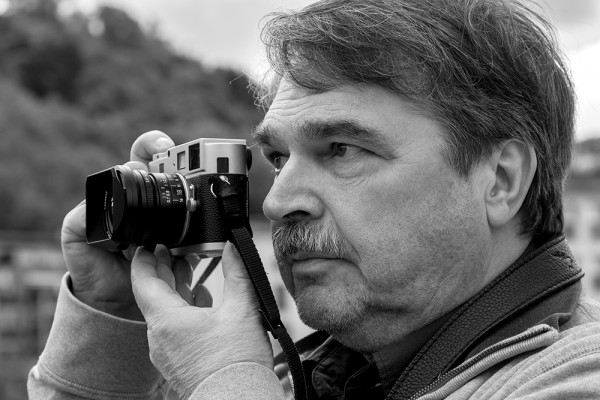Monochrom Life
Monochrom Life
Roger Schäfer
April 30, 2018
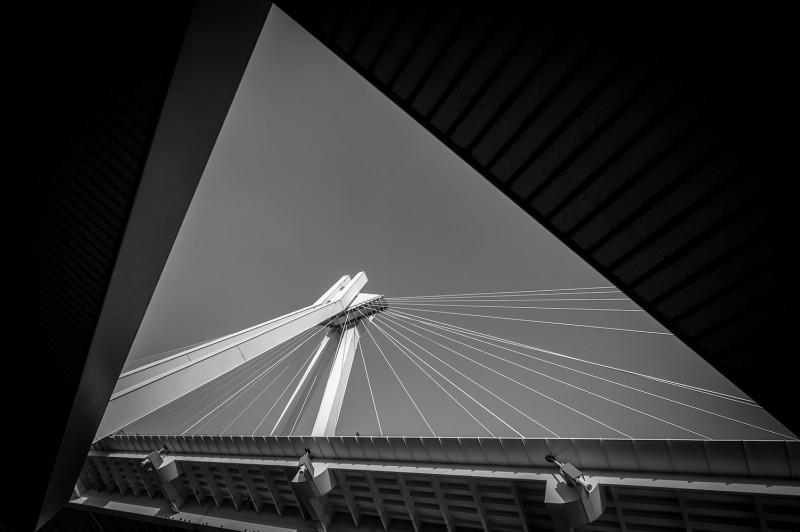
Ludwigshafen
Roger Schäfer: My fascination for black and white photography has several reasons. For one, there’s the drive to create something archaic that hopefully will be remembered throughout time, despite the rapid digital advancements and incessant stream of colour-sated images. Then there is the challenge to transpose a spatial, colourful reality into an abstract version of itself. The result is the equivalent scene which has been, to use Leica’s words, reduced to the essentials. Of course, this is influenced by my shooting position and chosen focal length – both play a big part in my ability to re-interpret reality. I also see a philosophical and mathematical element in this approach. There’s a reason why it is often the shortest focal lengths that fascinate and challenge me the most. The rendition of the Super-Elmar 18mm is extremely sharp, and together with the Leica M Monochrom it provides me with undreamed-of possibilities for visual interpretation. This is what continues to ignite my love for black and white photography.
Many of your images depict man-made artefacts rather than people. You tend to play with light and shadow, shapes and contours. Is there something that connects your photographs, such as a common statement?
The overall theme expressed in all of my images can best be summarised as ‘emotion’. Perhaps you wouldn’t usually associate this term with my preferred genres – architectural photography and urban documentation. As you have noted, my photographs don’t show people. And yet, they are expressions of my feelings and my affinity with the object that I capture. You could say that the artefacts serve as a tool for expressing this emotion. Sometimes I shoot various versions of one scene – one might be unsettling, the other serene, one thought-provoking, the other explanatory. Black and white photography enables me to do this, in a manner that feels suitable to me. It’s my passion: it structures and condenses emotion, despite the fact that it records a fixed reality. For me, playing with light and shadow, contours and forms is a delightful pursuit in which I often lose myself, both visually and mentally. However, I always end up with a black and white image that fills me with pleasure, because I enjoy looking at it. So in some ways, photography for me is a self-serving pursuit, rather than being strictly aimed at an audience. To reference Nietzsche: it gives me a sense of art being more valuable than truth. After all, what I have created is an ‘artificial’ interpretation of reality.
You are a self-taught photographer. How did it all start, and what was it that led you to becoming a Leica photographer?
When I was five, I was allowed to develop my father’s black and white films. I also occasionally took pictures with his viewfinder camera, a Kodak Retina. At 16, I was given a Minolta SRT-101 mirror reflex camera. Finally I was able – in fact, I was driven to – take pictures of everything. And it was all in black and white, because I had to develop the photographs myself, and back then, monochrome was much more affordable than colour. I went on to work with a string of different cameras (35mm, 6x6 and large format), until Leica released the M Monochrom in 2012. It took me back to my early days of photographing with a viewfinder camera. In late 2014, I purchased my ‘Henry’ and immediately developed a preference for the Super-Elmar 18mm. I’ve also always found LFI a great source of inspiration – I’ve been reading the magazine for the past 10 years. In many ways, embracing Leica photography was simply my journey coming full circle: it was a return to my creative roots, with a strong focus on mindfulness and a conscious approach to taking pictures. As for my future goals: the Summilux 21mm would be a fantastic new challenge, as its short focal lengths in combination with a shallow depth of field would open up a host of interesting possibilities.
What advice would you offer to aspiring young photographers?
There’s no simple answer to this, because in our age of digitisation and visual overload, it is becoming increasingly difficult to get to the core of what really defines you. The first thing that pops into my head is, as Frank Sinatra might say: do it your way. Only by following your own path can you achieve extraordinary things. So in this case, the path really is the goal. Photography requires a good eye, fast reaction, a technical understanding of your working tools, the ability to encapsulate what you see, a sense for aesthetics, and a willingness to embrace lateral thinking. There are so many genres within photography in which to develop your creative voice. Also, a lot of it comes down to trial and error. In the end, other people’s advice can only get you so far – ultimately, you should always march to your own beat.
Roger Schäfer+-
Roger Schäfer was born in 1954 in Germany’s Münsterland region. After highschool graduation, he spent two years serving in the German Air Force, before working for various photo agencies in Stuttgart, Frankfurt and Heidelberg. Alongside his work as the director of an advertising agency and his commitments as a local politician, he always finds time to capture his surroundings and impressions of urban architecture with his Leica M Monochrom. More

Ludwigshafen
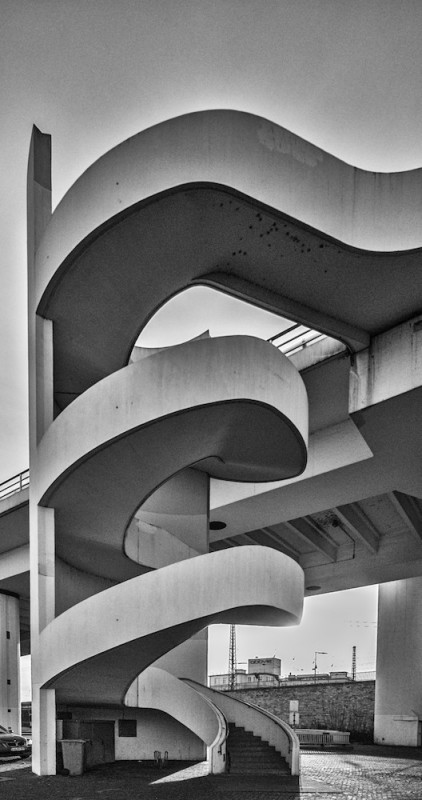
Ludwigshafen

Strasbourg
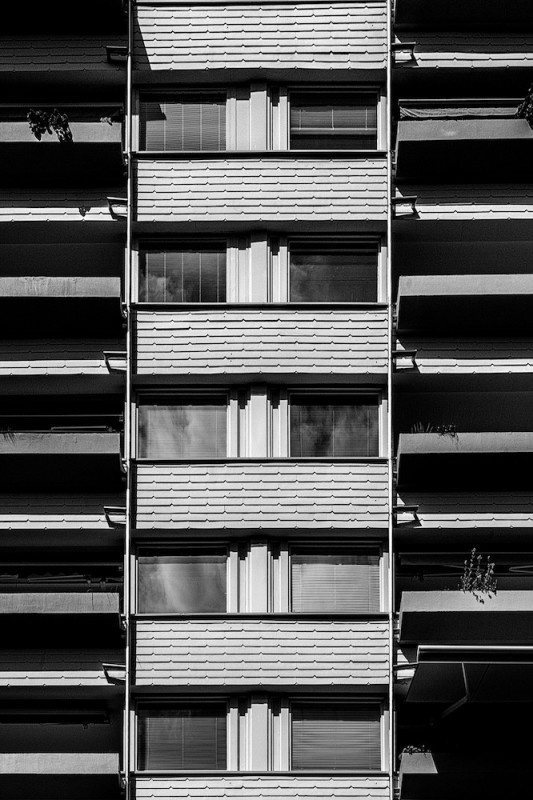
Augustinum Heidelberg
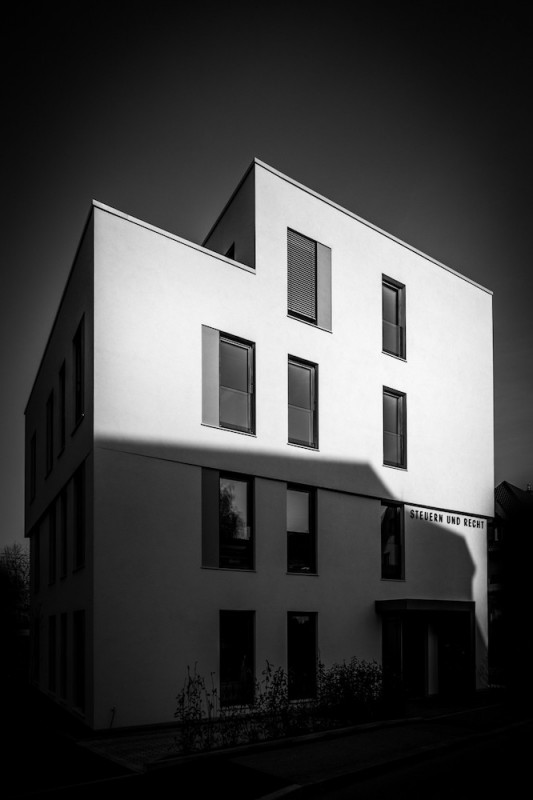
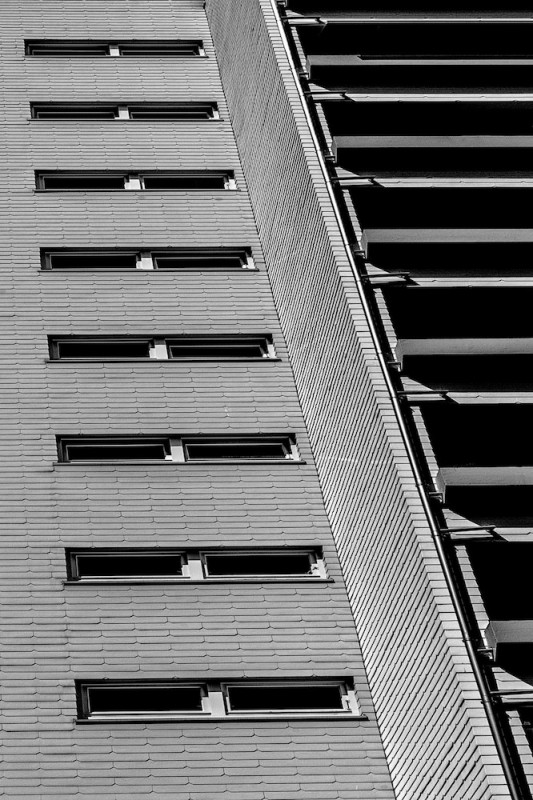
Augustinum Heidelberg
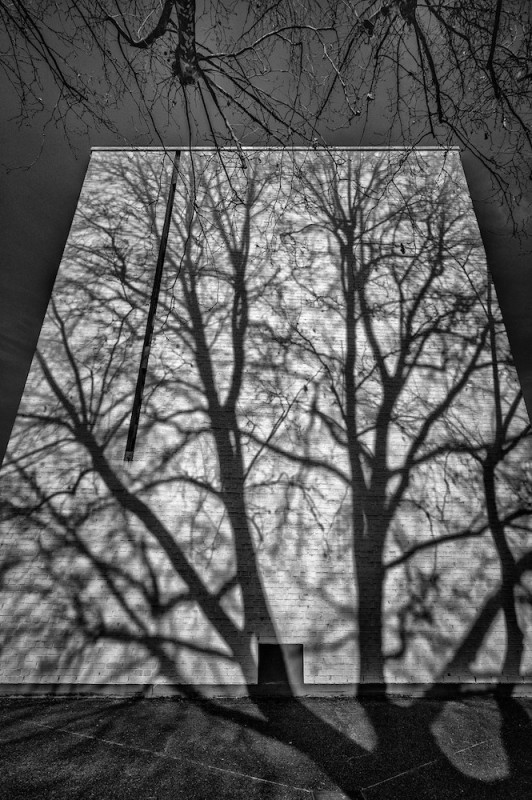
Kirche im Dekanat
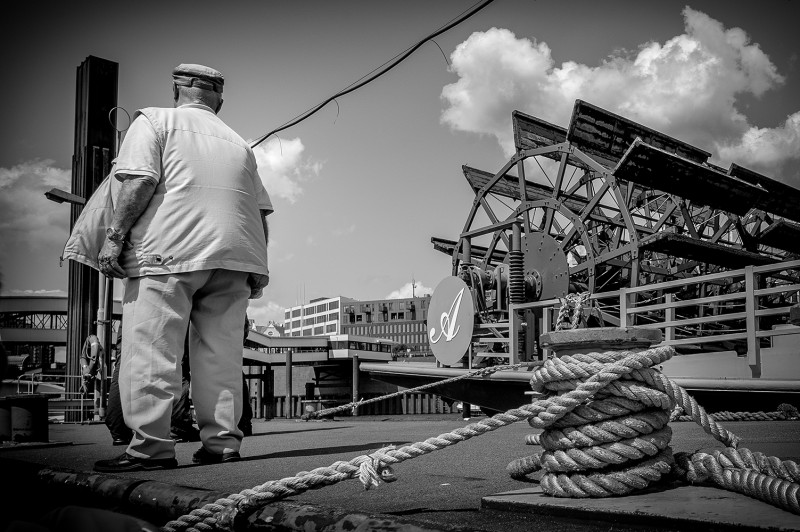
Hamburg
